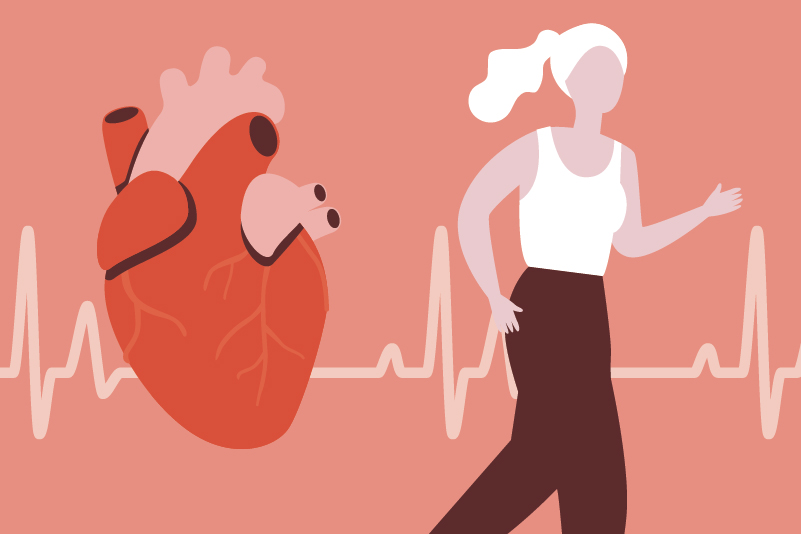#69 Omega-3 Fatty Acids (Fish Oil) for Patients with Cardiovascular Disease (CVD)

Reading Tools for Practice Article can earn you MainPro+ Credits
Join NowAlready a CFPCLearn Member? Log in
- Meta-analysis1 of 20 RCTs (68,680 patients)
- Two RCTs administering dietary omega-3s showed opposing effects on all-cause mortality.
- Eighteen RCTs administering omega-3 supplements found:
- No significant difference in all-cause mortality, myocardial infarction or stroke.
- Note: 9% relative reduction in cardiac death not significant after adjusting for multiple comparisons, and not reflected in change in above outcomes or sudden death.
- RCT2 of 12,513 patients at high CVD risk showed no difference at five years in:
- Death or hospitalization from cardiovascular cause: Omega-3s 11.7% versus 11.9% with placebo.
- Other CVD outcomes unchanged.
- Secondary outcomes of AREDS2 RCT3 of 4,203 patients with age-related macular degeneration:
- No difference at 4.8 years in CVD morbidity or mortality: 9% in both groups.
- Only RCT4 in patients with heart failure (included in above systematic review) demonstrated:
- Decreased all-cause mortality: Omega-3s 27.3% versus placebo 29.1%.
- But achieved statistical significance (p=0.041) only after adjusting for differences in baseline characteristics.
- Omega-3s are a group of polyunsaturated fatty acids found in fish oils, flax seed (to a lesser extent other nuts), canola oil, and soybeans.
- Observed lower CVD in the Inuit was thought to be due to their high marine omega-3 intake.5
- The only RCTs to demonstrate CVD benefits of omega-3s were not blinded6,7 or had low use of standard cardiovascular medications (like statins).6
- Meta-analyses of lower-level evidence (cohort studies) show inconsistent effects of omega-3s on outcomes.8-10
- Canada’s Food Guide11 and the American Heart Association12 encourage consumption of two or more portions of fish per week for primary and secondary prevention of CVD.
- Since 2013, NICE guidelines no longer recommends eating fish specifically for CVD prevention as no benefit (though acknowledge no evidence of harm in doing so).13















Disappointing